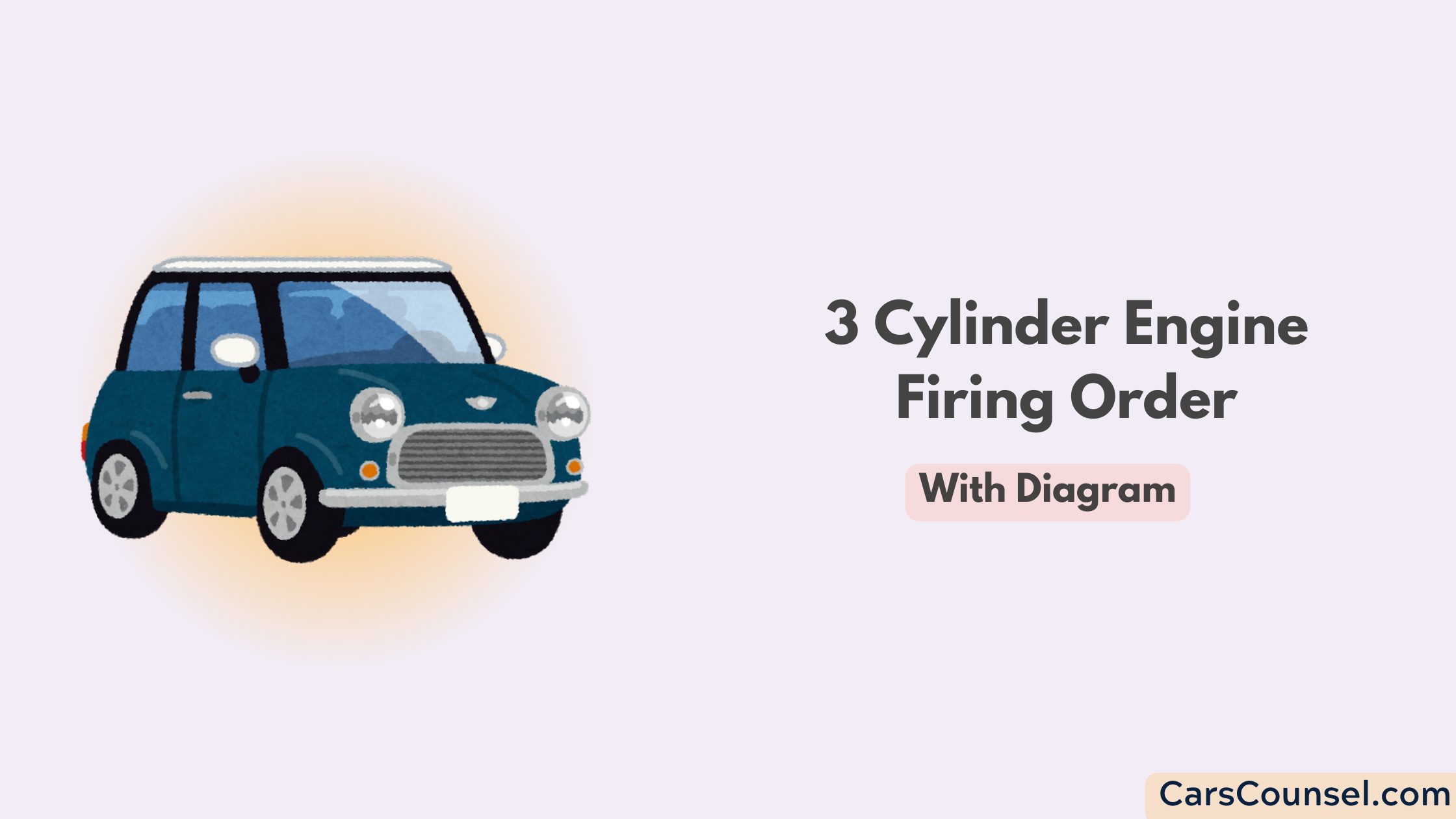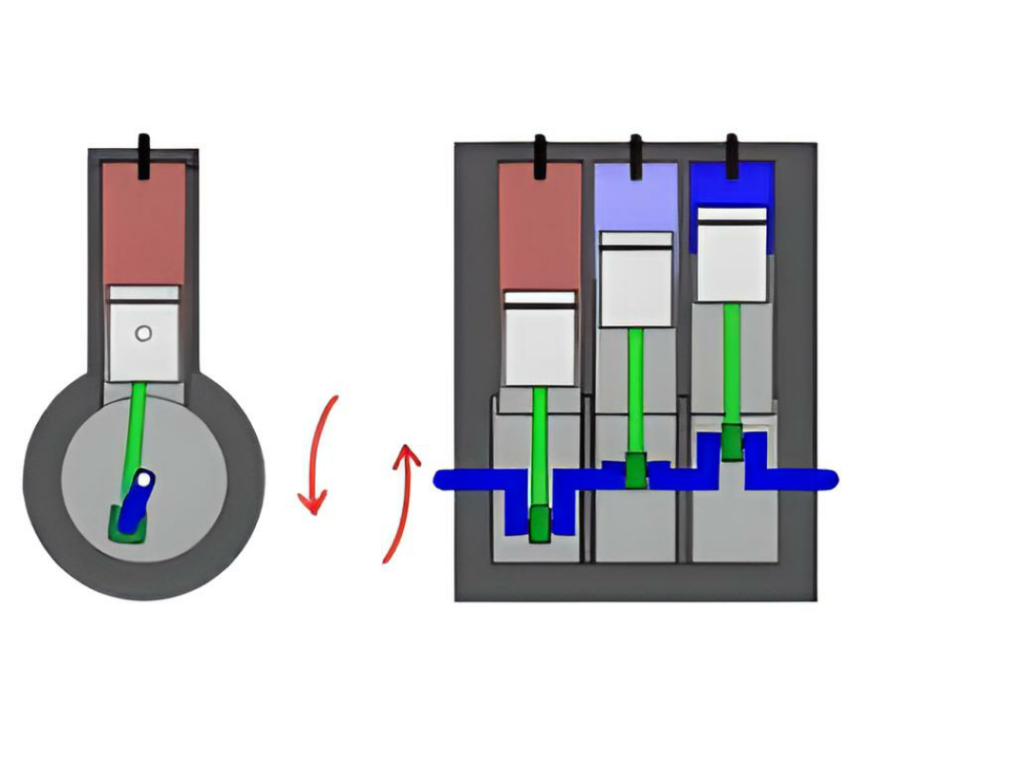In a 3-cylinder engine, the usual order of ignition is 1-3-2. This specific sequence is vital for the engine to run smoothly and to avoid any gaps in power or shaking. It’s important to get the right balance of fuel and air in each cylinder so that it ignites at the correct moment.

The order in which the cylinders ignite affects things like how economical the car is and how powerful it is, while getting the timing right helps to keep the engine balanced and steady. Methods such as using a special crankshaft and balancing shafts are used to keep everything balanced, which helps to reduce the amount of wear and tear on the engine.
If you dig a little deeper into how an engine works, you’ll find out how all these small details come together to help the engine work at its best.
Quick Navigation
Key Takeaways
- In a 3-cylinder engine, the standard order in which the cylinders ignite is 1-3-2. This order is crucial for the engine to run smoothly and deliver power effectively.
- The timing of the sparks that ignite the fuel is very important in maintaining this order. This helps the fuel burn efficiently and stops the engine from shaking.
- The order in which the cylinders are fired is arranged to spread out the timing of the ignition. This helps make the best use of the fuel and provides the most power, while also reducing wear and tear on the engine.
- To keep a 3-cylinder engine running smoothly and stop it from vibrating too much, special parts like unique crankshafts, balancing shafts, and counterweights are used.
- It’s really important to understand how the firing sequences and timing work, as well as how the engine is balanced. This knowledge can help get the best performance from the engine and make it last longer.
Understanding 3-Cylinder Engine Firing Order

To really get how a 3-cylinder engine’s firing order works, you need to know that it usually goes 1-3-2. This order is carefully planned to make sure the engine runs smoothly and balanced.
The spark timing, which is key in setting this order, is fine-tuned to make sure the fuel burns efficiently and the engine performs well. This exact timing makes sure each cylinder sparks when it should, avoiding any gaps in power and shaking in the engine. It also ensures the fuel and air mix and burn properly, helping the engine run efficiently.
Diagram and Functionality of 3-Cylinder Firing Sequence
Let’s make it simpler to understand how a 3-cylinder engine works, specifically its 1-3-2 firing order. Picture this order like a diagram. It’s this specific order that makes the engine work smoothly and efficiently, by spreading out when each cylinder fires. This helps avoid any unnecessary shaking and is a key part of how the fuel burns in the engine, affecting fuel efficiency and power.
In this order, the first cylinder fires, then the third, and lastly the second. Each one fires at the best time to get the most power from the fuel-air mix. Timing this correctly is really important. It keeps the engine balanced and stable, and helps produce a lot of force (or torque) while avoiding too much wear and tear on the engine.
Balancing Techniques in Three Cylinder Engines
To make a three-cylinder engine work smoothly, different methods are used, like using a special type of crankshaft to cut down on shaking. This setup is meant to counteract the unevenness caused by the irregular firing pattern.
Here are some simple explanations of the methods used:
- Split-pin crankshaft: By changing the position of the piston rods, shaking is reduced, which helps make the engine run smoothly.
- Balancing shafts: These spin in the opposite direction to the engine, which helps to counteract the main imbalance.
- Engine mounts: These specially designed mounts help to soak up and neutralize the shaking.
- Counterweights: These are added to the crankshaft to balance the spinning motion.
Conclusion
So, you’ve looked into the workings of your car’s 3-cylinder engine. You’ve understood the 1-2-3 or 1-3-2 firing order, and how it helps your car run smoothly.
You’ve also learned about the smart design aspects like split-pin crankshafts and counterweights that keep your engine running well.
With this knowledge, you’re more than just a car owner, you’re a car enthusiast. Keep learning, there’s a lot more to discover about cars!

